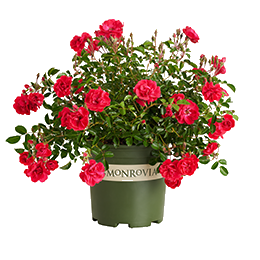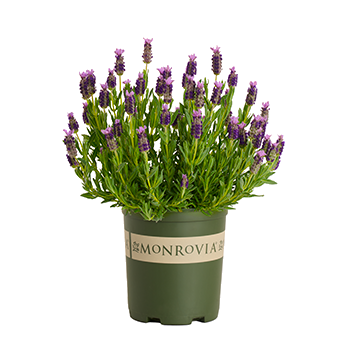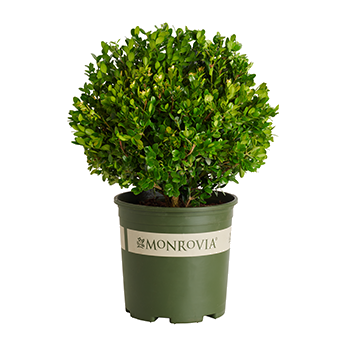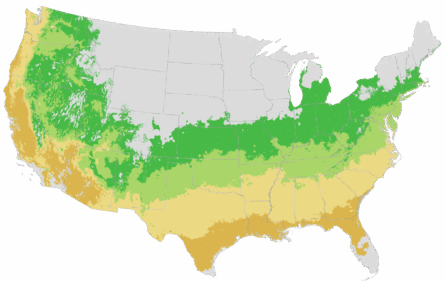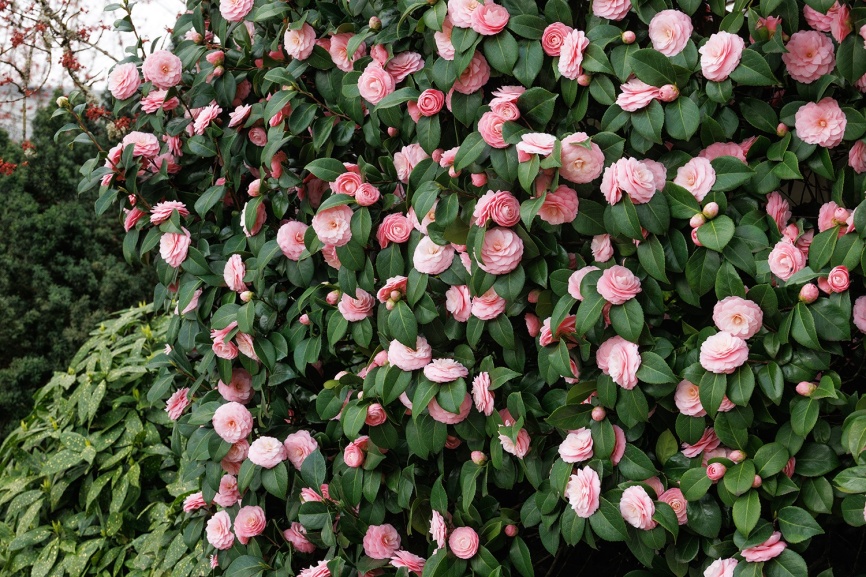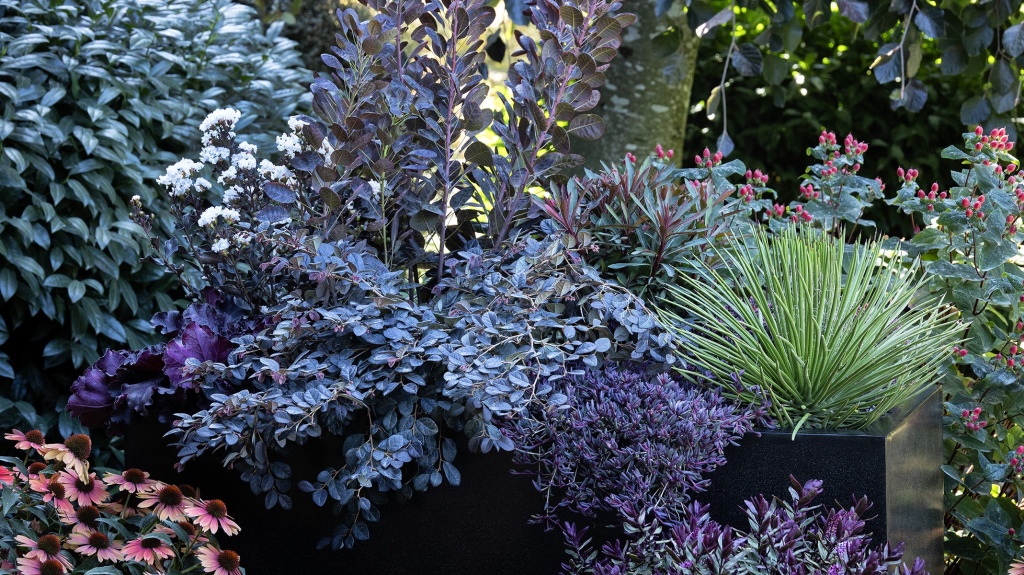You're growing in this Zip Code:
Change LocationDiscover Plants for Your Area
Virginia Richards Rhododendron
Rhododendron x 'Virginia Richards' (H-3)
Retailers Near You
| Description | Small compact evergreen shrub, highly valued for its large trusses of showy pink and apricot tinted flowers - beautiful contrast to the dark green leaves. Prefers cooler regions. Very effective as an accent. |
|---|---|
| Bloom Time | Spring |
| Deciduous/Evergreen | Evergreen |
| Special Features | Attracts Butterflies, Attracts Pollinators, Compact Form |
| Growth Rate | Slow |
| Growth Habit | Rounded |
| Flower Attributes | Showy Flowers |
| Landscape Use | Border, Hedge |
| Design Ideas | Rhododendrons are powerful contrasts against deep-green foliage. They bring light to dark corners while in bloom, and then offer a mass of rich deep-green foliage the rest of the year. Plant along fence lines and walls. Use as a foundation plant around entries and porches where it gets high visibility. Ideal for hedges that separate front yards and block the view of the driveway. A natural in forest and woodland gardens needing a touch of drama. |
| Flower Color | Pink |
| Foliage Color | Green |
| Companion Plants | Pair this soft colored rhodie with delicate Yaku Princess Rhododenron, (Rhododendron x 'Yaku Princess'), Dawn's Chorus Azalea, (Azalea x 'Dawn's Chorus'), Chandleri Elegans Variegated Camellia, (Camellia japonica 'Chandleri Elegans Variegated') and Black Tulip Magnolia, (Magnolia x soulangiana 'Jurmag1'). |
| Care Instructions | Follow a regular watering schedule during the first growing season to establish a deep, extensive root system. Provide well drained soil, rich in organic matter. Feed with an acid fertilizer after bloom. Keep roots cool with a thick layer of mulch. |
| History | The genus Rhododendron is grouped into the heath family, Ericaceae which contains many acid soil loving species. This genus also contains shrubs commonly called azaleas within its 800 Rhododendron species and thousands of hybrids. The species are native to temperate areas of the Northern Hemisphere but are most abundant in the Himalayas and other mountains of Asia. This hybrid is derived from three different plants. The first parent was the result of a cross between the hybrid F. C. Puddlei and the species R. wardii. R. wardii is native to Yunnan Province, China, and collected by Frank Kingdon-Ward, then introduced by him so named in 1913. The other parent is Mrs. Betty Robinson. Virginia Richards was introduced in 1962. |
| Lore | Rhododendron was named and classified by Linnaeus who named it from the Greek for rose tree. |
| Description | Small compact evergreen shrub, highly valued for its large trusses of showy pink and apricot tinted flowers - beautiful contrast to the dark green leaves. Prefers cooler regions. Very effective as an accent. |
|---|---|
| Bloom Time | Spring |
| Deciduous/Evergreen | Evergreen |
| Special Features | Attracts Butterflies, Attracts Pollinators, Compact Form |
| Growth Rate | Slow |
| Growth Habit | Rounded |
| Flower Attributes | Showy Flowers |
| Landscape Use | Border, Hedge |
|---|---|
| Design Ideas | Rhododendrons are powerful contrasts against deep-green foliage. They bring light to dark corners while in bloom, and then offer a mass of rich deep-green foliage the rest of the year. Plant along fence lines and walls. Use as a foundation plant around entries and porches where it gets high visibility. Ideal for hedges that separate front yards and block the view of the driveway. A natural in forest and woodland gardens needing a touch of drama. |
| Flower Color | Pink |
| Foliage Color | Green |
| Companion Plants | Pair this soft colored rhodie with delicate Yaku Princess Rhododenron, (Rhododendron x 'Yaku Princess'), Dawn's Chorus Azalea, (Azalea x 'Dawn's Chorus'), Chandleri Elegans Variegated Camellia, (Camellia japonica 'Chandleri Elegans Variegated') and Black Tulip Magnolia, (Magnolia x soulangiana 'Jurmag1'). |
| Care Instructions | Follow a regular watering schedule during the first growing season to establish a deep, extensive root system. Provide well drained soil, rich in organic matter. Feed with an acid fertilizer after bloom. Keep roots cool with a thick layer of mulch. |
|---|
| History | The genus Rhododendron is grouped into the heath family, Ericaceae which contains many acid soil loving species. This genus also contains shrubs commonly called azaleas within its 800 Rhododendron species and thousands of hybrids. The species are native to temperate areas of the Northern Hemisphere but are most abundant in the Himalayas and other mountains of Asia. This hybrid is derived from three different plants. The first parent was the result of a cross between the hybrid F. C. Puddlei and the species R. wardii. R. wardii is native to Yunnan Province, China, and collected by Frank Kingdon-Ward, then introduced by him so named in 1913. The other parent is Mrs. Betty Robinson. Virginia Richards was introduced in 1962. |
|---|---|
| Lore | Rhododendron was named and classified by Linnaeus who named it from the Greek for rose tree. |
Retailers Near You
About Us
We have been pioneers and craftsmen in the art of growing plants for nearly
100 years. Since our founding in Southern California by Harry E. Rosedale, Sr.
in 1926, we have been absolutely dedicated and obsessed with quality.
We have been pioneers and craftsmen in the art of growing plants for nearly 100 years. Since our founding in Southern California by Harry E. Rosedale, Sr. in 1926, we have been absolutely dedicated and obsessed with quality.
